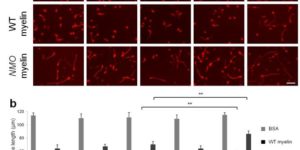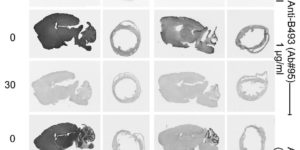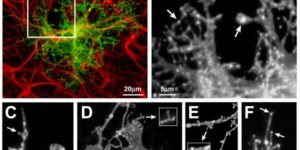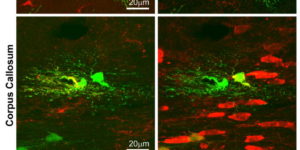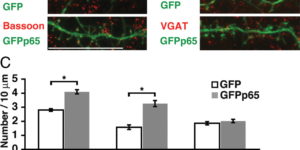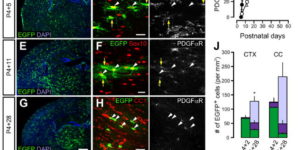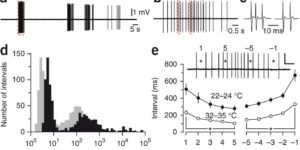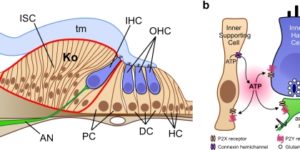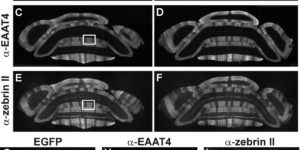NgR1 and NgR3 are receptors for chondroitin sulfate proteoglycans.
In the adult mammalian CNS, chondroitin sulfate proteoglycans (CSPGs) and myelin-associated inhibitors (MAIs) stabilize neuronal structure and restrict compensatory sprouting following injury. The Nogo receptor family members NgR1 and NgR2 bind to MAIs and have been implicated in neuronal inhibition. We found that NgR1 and NgR3 bind with high affinity to the glycosaminoglycan moiety of proteoglycans and participate in CSPG inhibition in cultured neurons. Nogo receptor triple mutants (Ngr1(-/-); Ngr2(-/-); Ngr3(-/-); which are also known as Rtn4r, Rtn4rl2 and Rtn4rl1, respectively), but not single mutants, showed enhanced axonal regeneration following retro-orbital optic nerve crush injury. The combined loss of Ngr1 and Ngr3 (Ngr1(-/-); Ngr3(-/-)), but not Ngr1 and Ngr2 (Ngr1(-/-); Ngr2(-/-)), was sufficient to mimic the triple mutant regeneration phenotype. Regeneration in Ngr1(-/-); Ngr3(-/-) mice was further enhanced by simultaneous ablation of Rptpσ (also known as Ptprs), a known CSPG receptor. Collectively, our results identify NgR1 and NgR3 as CSPG receptors, suggest that there is functional redundancy among CSPG receptors, and provide evidence for shared mechanisms of MAI and CSPG inhibition.
